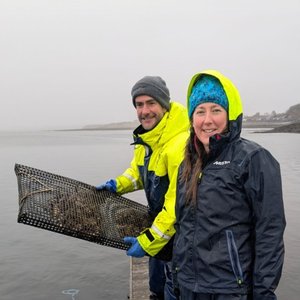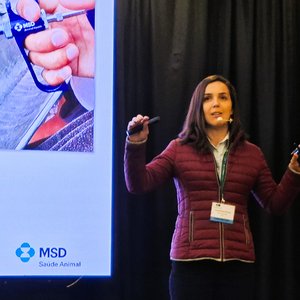Introduction
Given the recent decline of harvestable wild bay scallop stocks, there has been an increasing interest in the use of hatchery-reared individuals for restoration and restocking efforts. Further, the scarcity of wild stocks has increased the commercial value of bay scallops and stimulated private growers’ interest in culturing them to market size. To address that interest, this document provides a short summary of the hatchery methods for culturing the bay scallop Argopecten irradians.
Bay scallop culture techniques were first developed by turn of the century biologists, like David Belding in Massachusetts. This was later followed by the work of Michael Castagna and co-workers at the Virginia Institute of Marine Science in the 1970’s and more recent work by Widman et. al. at the NMFS Milford Laboratory in Connecticut. Those methods have been primarily geared towards scallop restoration efforts.
The actual process of growing bay scallops for restoration or market involves three basic stages: hatchery, nursery, and grow-out. No two culture systems are alike. Methods are dependent on both the site and the resources available to the culturist. This fact sheet will address the hatchery phase of the bay scallop rearing process.
Author(s)
Amandine Surier and Rick Karney, Martha's Vineyard Shellfish Group, Inc., MA
Dale Leavitt, Roger Williams University, RI
Publication
Northeastern Regional Aquaculture Center (NRAC) Publication No. 214-2010
Click link below to download PDF.







